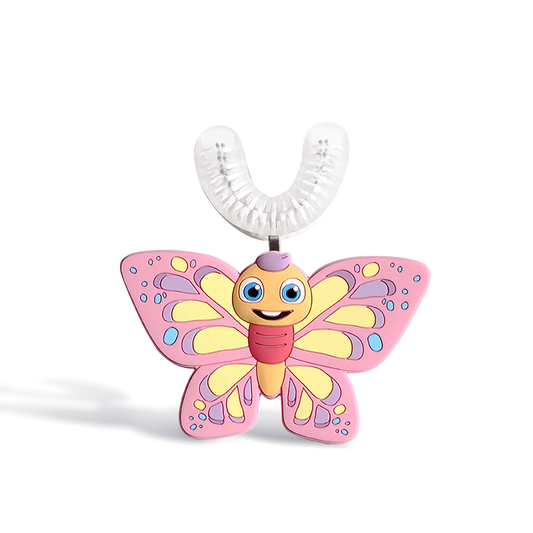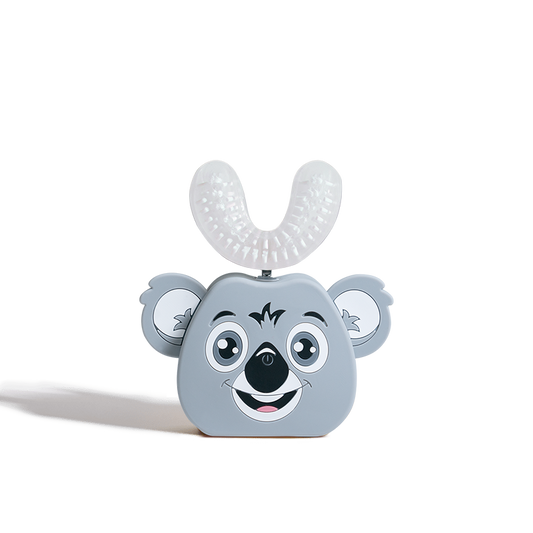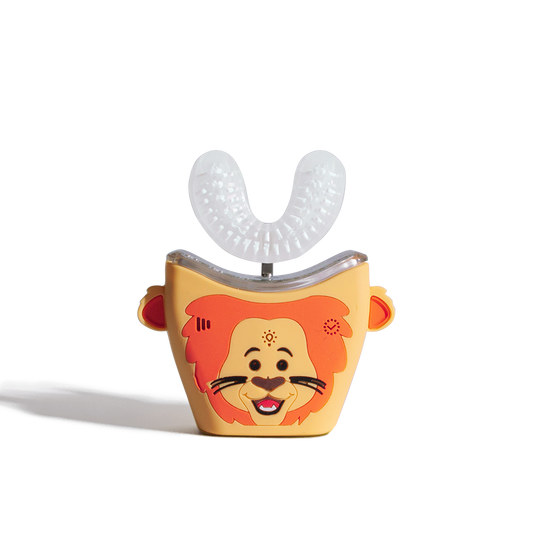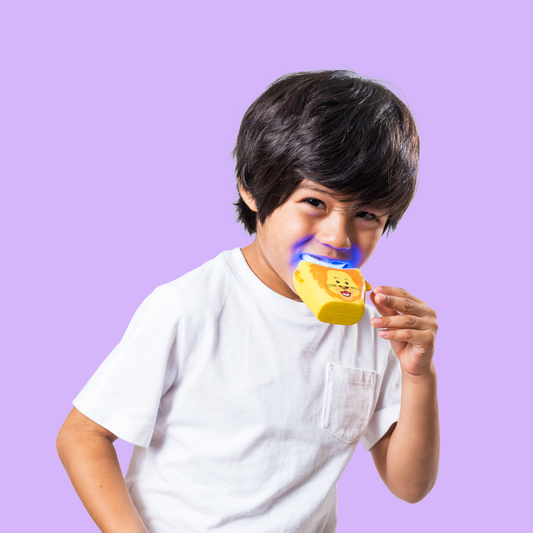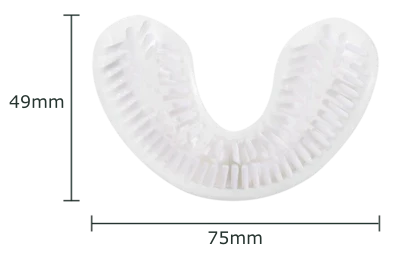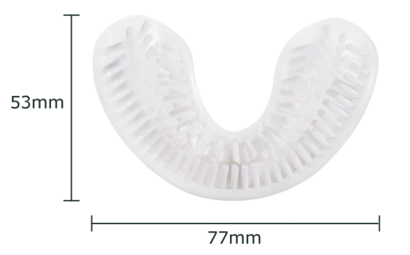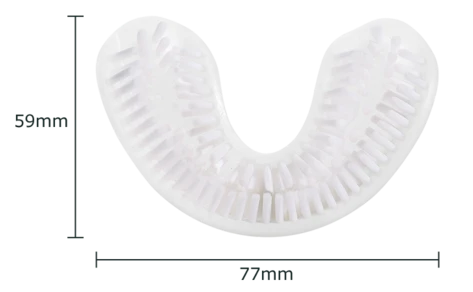When it comes to pet care, one aspect that often goes unnoticed is dental hygiene. Most pet owners are diligent about providing proper nutrition, regular vet check-ups, and timely vaccinations, but tend to overlook the importance of oral care for their furry friends. Brushing your pet's teeth not only maintains their dental health but can also prevent a myriad of health issues down the line.

Oral Care Issues in Pets
Just like humans, pets too can suffer from a variety of dental diseases if their oral hygiene is not maintained:
- Plaque and Tartar Build-up: When pets eat, tiny particles of food remain in their mouths, creating a breeding ground for bacteria. Over time, this forms a thin, sticky layer called plaque. If not cleaned regularly, plaque hardens into tartar, which sticks to the teeth's surface and can only be removed by professional dental cleaning.
- Periodontal Disease: This is one of the most common dental problems in pets. It occurs when inflammation or infection of the tissues surrounding the tooth takes place. It begins with gingivitis (redness or bleeding gums) and can progress to severe inflammation and even tooth loss.
- Bad Breath: While it's a misconception that pets naturally have foul-smelling breath, persistent bad breath can indicate underlying oral problems or other health issues.
- Tooth Decay: Neglected oral hygiene can lead to cavities in pets just like in humans.
Potential Health Complications
When dental issues go untreated, they can lead to severe health problems that go beyond the mouth:
- Heart Disease: Bacteria from the mouth can enter the bloodstream and attach to the fatty plaques in the arteries, leading to heart issues.
- Kidney and Liver Disease: Bacterial infections in the mouth can spread, affecting vital organs like the kidneys and liver.
- Pain and Discomfort: Dental diseases can cause significant pain, making it difficult for pets to eat. Over time, this can result in weight loss and malnutrition.
- High Vet Bills: Neglecting oral hygiene can lead to expensive treatments and surgeries later on.

How to Brush Your Pet's Teeth
Now that you understand the importance of maintaining your pet's oral hygiene, here's a simple step-by-step guide to brushing their teeth:
- Choose the Right Toothbrush: Opt for a soft-bristled toothbrush designed for pets. They come in various sizes to fit different mouth shapes.
- Pet-friendly Toothpaste: Never use human toothpaste for your pets as it contains ingredients that can be harmful to them. Instead, use toothpaste specifically designed for animals.
- Introduce the Process Slowly: Initially, let your pet taste the toothpaste. Once they're accustomed to the flavor, let them get used to the feeling of the toothbrush by gently rubbing it against their teeth and gums without toothpaste.
- Brushing Technique: Hold the brush at a 45-degree angle to the teeth and brush in a circular motion. Make sure to reach the back teeth, which are more prone to tartar build-up.
- Frequency: Ideally, brush your pet's teeth daily. If that's not feasible, aim for at least 2-3 times a week.
- Reward Your Pet: After each brushing session, reward your pet with some playtime, a toy, or a treat. This will make the experience more positive for them and easier for you in the long run.
- Regular Vet Check-ups: Even with diligent brushing, it's essential to get your pet's teeth checked by a vet annually. They can spot potential issues early on and provide professional cleanings if needed.

In conclusion, just as you wouldn't neglect your oral health, the same care should be extended to your beloved pets. Brushing their teeth is an easy and effective way to ensure they remain healthy and happy for years to come. The few minutes spent on this routine can save them from future pain and save you from hefty vet bills. So, make pet dental care an integral part of your pet’s health regimen!


















